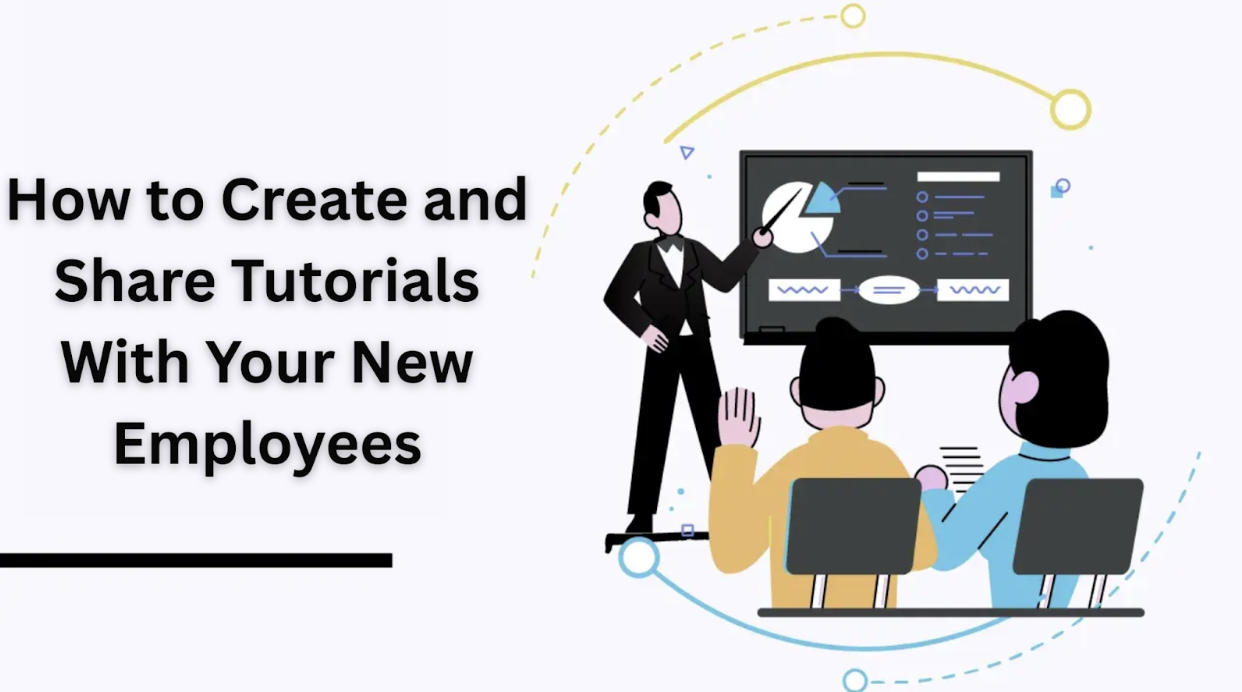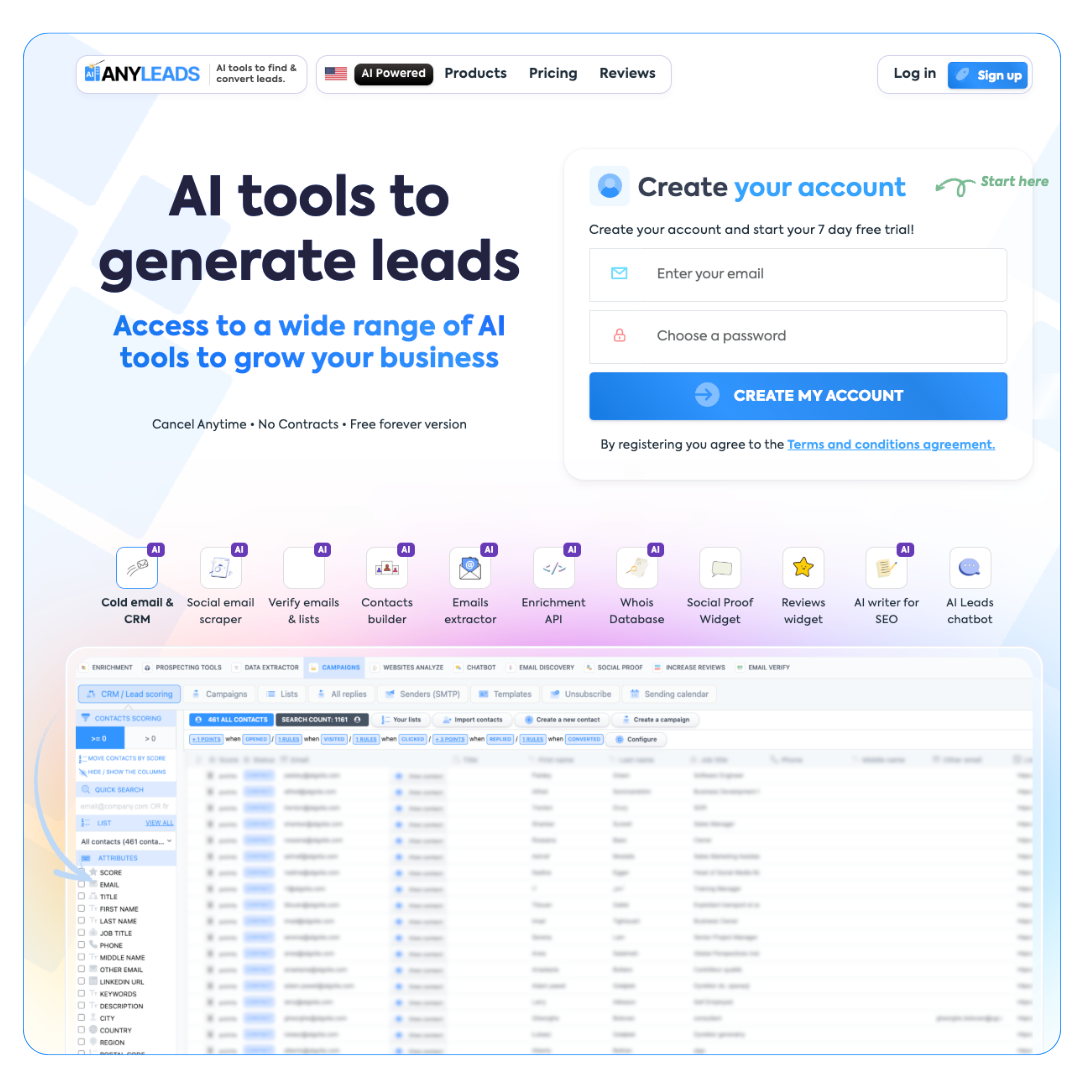 LIMITED SPOTS
All plans are 30% OFF for the first month! with the code WELCOME303
LIMITED SPOTS
All plans are 30% OFF for the first month! with the code WELCOME303

 LIMITED SPOTS
All plans are 30% OFF for the first month! with the code WELCOME303
LIMITED SPOTS
All plans are 30% OFF for the first month! with the code WELCOME303


Onboarding new employees is one of the most critical and often overlooked aspects of building a productive team. The better you can train your new hires to use your systems, the better they can fit in with your processes. As a result, they will face less friction and become productive members faster.
One of the best ways to streamline this process is by creating tutorials that are easy to find and easy to follow. This is especially necessary when you are working with remote teams. In an office, much of the training can be provided in person, but in remote scenarios, good tutorials are a must-have. That’s why we are going to discuss how you can create and share great tutorials with your team.
The first step to creating an awesome tutorial is to list all the tasks and processes the new hire is going to interact with.
These often include things like the following.
Logging into internal systems
Using communication tools
Navigating project management software
Following brand guidelines
Submitting timesheets or requests
Accessing advanced tutorials
The goal is to prioritize the tutorials that will remove the most friction early on. To identify which things cause the most friction, you can ask current employees what they struggled with at the start. If you have a system for getting post-onboarding feedback, then consult that as well to see what reviews older employees left.
Creating tutorials for common tasks like logging in, using your timesheet, accepting and submitting tasks is easy. What’s hard is to teach the nuances of advanced company-specific software. This typically involves a hands-on approach where clear, visual tutorials are necessary to teach the new hires. But these can take a long time to make.
However, with the right tools, you can hasten this process considerably. For example, there are AI-powered tutorial creators like Wizardshot, which record your own digital workflow and create video tutorials with proper instructions on how to do it.
All the user needs to do is do their work as usual while Wizardshot is running in the background. At the end of the day, all the visual tutorials relevant to your tasks will be complete.
This is perfect for showing employees how to use internal tools or perform repetitive tasks. The best part? No video editing or design experience required.


A great tutorial is useless if it is hard to access. After all, what use is a resource that cannot be used? This is actually quite a common problem in both big and small offices.
The solution is to have a powerful internal knowledge base management system. An internal knowledge base, as you know, is a reservoir of tutorials, product data, service data, and other crucial information that aids employees in doing their jobs.
Today, there are services like Zendesk that enable organizations to create a centrally hosted knowledge base and manage it easily. However, each organization has its own unique requirements that Zendesk alone may not satisfy.
There are multiple knowledge base solutions available, so you should explore Zendesk alternatives that offer a better experience for internal knowledge sharing.
Make sure to brief employees on how to use your chosen knowledge base management software and access tutorials on their own. This will make your new hires more independent as well as confident because you trust them to do their job without hand-holding.
Don’t overwhelm new hires with long-winded training materials. Break down tutorials into digestible chunks, each focused on a single task or concept. Use simple language, avoid jargon, and incorporate visuals wherever possible. Pairing text with screenshots or short GIFs increases retention and makes your guides more user-friendly.
One aspect of making good tutorials is to keep them short. If your tutorials are too long, chances are employees will skip through them and potentially miss out on crucial information.
That’s why you should create short and digestible tutorials. Here are some things that you should consider for this.
Each tutorial should deal with a single task only.
Avoid using technical jargon unless absolutely necessary.
Use visuals wherever possible. Gifs, videos, and images are able to teach far more than words.
If you are using a good tutorial maker like Wizardshot, then this will be a cinch, as such tools effectively do all of the above for you. You just have to check their output and make some minor edits where necessary.
As companies grow, they change how they work. These changes can be subtle, for example, it could just be a simple addition or subtraction of a step in a task. Or it could be something substantial like a whole system-wide change, such as a new software solution or something to that effect.
Regardless of the type of change, you need to ensure that your tutorials are up to date and reflect these changes. As you already know, a good knowledge base management tool can help with that.
Just make sure that you send a memo to all employees to check the knowledge base for new or updated tutorials and incorporate their teachings.


Once your tutorials are ready, it is time to distribute them across different touchpoints in the onboarding journey. Some examples of where you could share your tutorials are given below.
Include links in welcome emails.
Add them to onboarding task lists or checklists
Pin them in Slack or Microsoft Teams channels
Embed them in your internal knowledge base
Mention them during live training or Q&A sessionsz
The more visibility your tutorials have, the more likely new hires are to use and benefit from them. And the more channels you share them on, the higher the likelihood of them getting noticed.
Effective onboarding is about clarity, not complexity. By identifying key workflows, creating focused tutorials, and sharing them effectively, you enable new employees to avoid their learning pains.. Not only does this mean that employees start working effectively faster, but it also promotes a positive company culture.